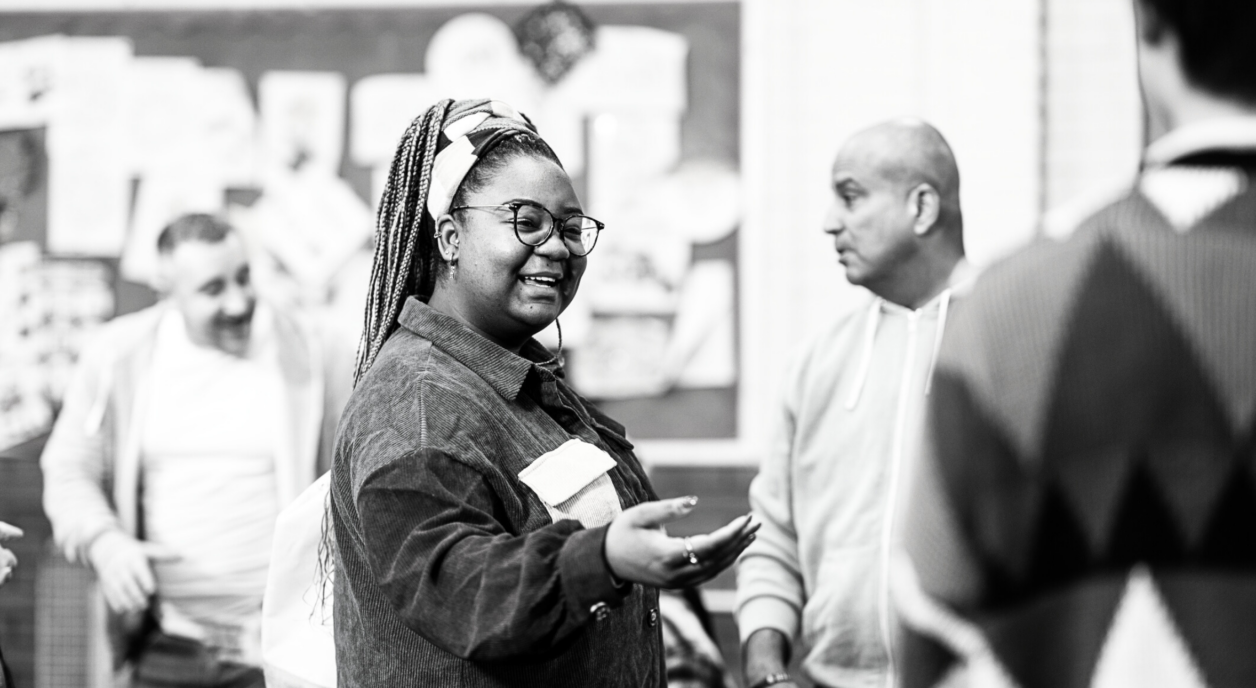Candid insights
The big picture of the social sector, backed by data and expertise
Grants prospecting strategy 101
Learn best practices for creating a funder prospecting strategy to help you secure grants to support your nonprofit’s mission-driven work.
April 15, 2024
Connecting the dots: Fighting for equity through a data partnership
Elizabeth Barajas-Román of WFN shares what a demographic data partnership with Candid enables for advancing equity in the sector, including the first-ever, public dashboard to analyze intersectionality in nonprofit executive leadership.
April 11, 2024
Doing good with AI tools: Navigating ethical considerations for the social sector
Candid’s data science manager unpacks using AI tools for good, including ethical considerations to reduce harm and maximize the utility of today’s newest AI technologies.
April 10, 2024
The Maui wildfires: A record in disaster philanthropy, an opportunity to ‘get it right’
CEP’s Tanya Gulliver-Garcia explores funding for Maui wildfires—and what learnings the record-setting response to Hawaii’s recent natural hazard hold for future investment in disaster philanthropy.
April 9, 2024
Candid’s DEI commitment, today, and for the future
Learn about Candid’s DEI journey, including how we got started and what we’ll do next to further strengthen our nonprofit’s culture of inclusion and belonging.
April 8, 2024
Doubling down on data for racial equity
Find out how demographic data collection via Candid profiles helps inform equitable grantmaking and reduce the reporting burden on nonprofits in this webinar recap.
April 4, 2024
Visibility and relationships: Effective fundraising for small nonprofits
Candid’s senior development manager shares tips, tactics, and strategies for effective fundraising to help smaller nonprofits find, win, and retain grant funding.
April 2, 2024
Mitigating future risks: Why your organization should have an AI policy
Find out three reasons why having an AI policy can help maximize the benefits of new technology while minimizing the risks for organizations seeking to make a social impact.
April 1, 2024
Collecting demographic data: Nonprofits value transparency but need support
Viewpoint Consulting’s Kelly Brown shares new research findings on sharing demographic data via Candid, including the drivers and barriers of collecting this information to advance nonprofit transparency.
March 28, 2024
What’s trending? Top subject searches in Candid nonprofit profiles
Candid nonprofit profiles help funders, donors, DAF advisors, and others find organizations to support; read this article to learn what supporters searched for most in February 2024.
March 27, 2024
Leveraging data to better serve under-resourced communities
Discover why data on under-resourced communities is key unlocking greater impact and better serving the needs of nonprofit beneficiaries.
March 26, 2024
Is your nonprofit organization ‘grant-ready’?
Seeking a grant for the first time? Here’s how to make sure your nonprofit is prepared to receive foundation grant funding and what you can expect funders will require in the process.
March 25, 2024










